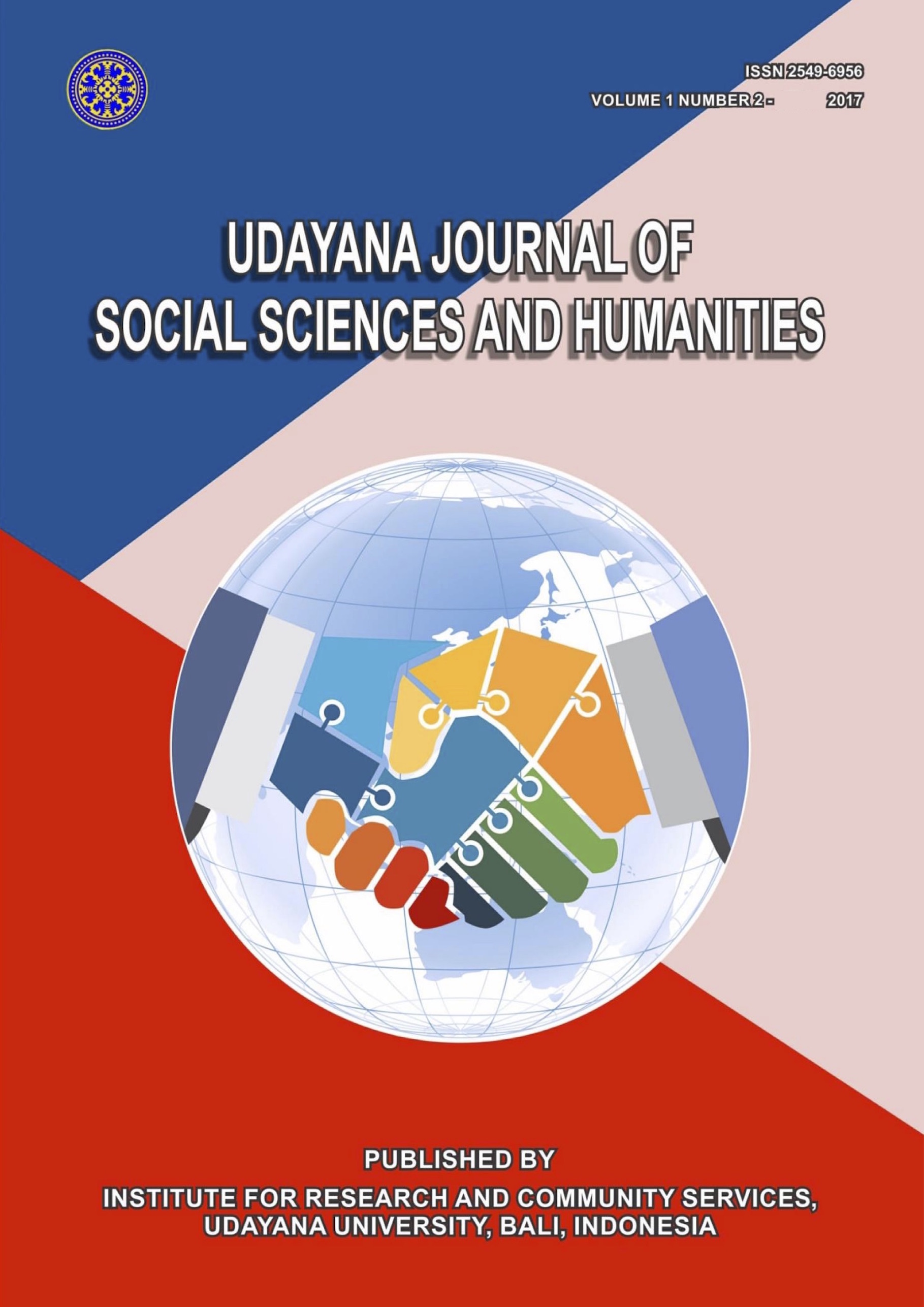Forecasting Foreign Tourist Visits to Bali Using Bayesian Vector Autoregression with Normal-Inverse-Wishart Prior
Abstract
As a major tourist destination, Bali has become an icon for tourism in Indonesia. In general, the number of foreign tourist visits shows an increasing trend. However, there is considerable fluctuation in the number of visits which is affected by season. In another word, there is a stochastic trend in the number of tourist visits. Policy makers need a method to predict this tourist visits. A commonly used method to predict tourist visits is time series analysis. Time series analysis has been used in various fields such as finance, business, engineering, meteorology, geophysics, and tourism, to name but a few. Research on forecasting tourist visits usually uses univariate data. This research aims to forecast the number of foreign tourist visits from four major countries such as Asia Pacific, ASEAN, America, and Europe simultaneously using Bayesian vector autoregression with normal-inverse-Wishart prior. First data is plotted to see its characteristics. Then the data is modeled using Bayesian vector autoregression. In this stage normal-inverse-Wishart prior is used. Next, Markov chain Monte Carlo is conducted to make a prediction from the posterior distribution. The forecast suggests that the number of tourist visits in general increased, albeit some fluctuation in some months.






